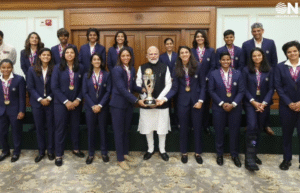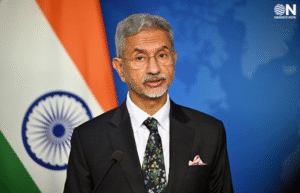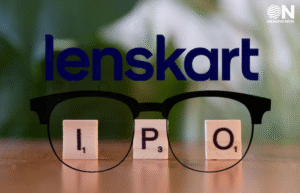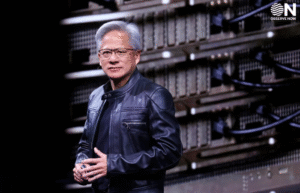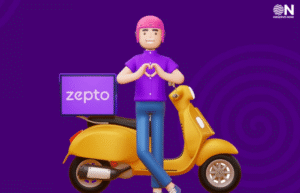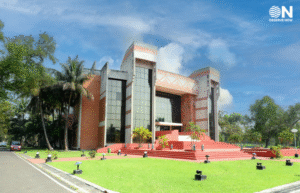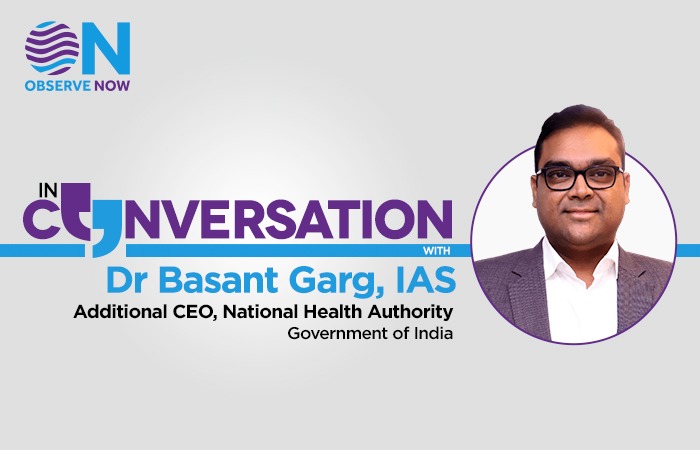According to a recent report from The National Health Authority (NHA), a major achievement has been reached in their efforts to digitize healthcare services. The NHA has successfully generated over 3 crore tokens for Out-Patient Department (OPD) registrations using the ABHA-based Scan and Share service. This milestone highlights the NHA’s commitment to utilizing technology to improve and streamline patient access to healthcare services, marking a significant advancement in its ongoing mission.
In India’s quest to revolutionize healthcare delivery, NHA is pivotal in spearheading advancements and innovations. A cornerstone of these efforts is introducing the Ayushman Bharat Health Account (ABHA) Number, a game-changing initiative aimed at simplifying and centralizing health record management.
This digital leap is set to enhance the efficiency of healthcare services and address the entrenched disparities in access and outcomes across various regions and communities in India. By examining the NHA’s contributions and the impact of ABHA, we can better understand how these initiatives are poised to transform the healthcare landscape and promote greater equity. In this regard Shivani Babbar, ObserveNow interacted with Dr Basant Garg, IAS, Additional Chief Executive Officer, National Health Authority, Government of India to know more on the subject.
Here are a few edited excerpts from the interview:
What are the key priorities for the NHA in the upcoming year, and how do you plan to address them? Could you discuss any recent collaborations or partnerships NHA has formed to enhance healthcare delivery and innovation within the country?
National Health Authority implements two of the flagship schemes of the government of India, namely, Ayushman Bharat Pradhan Mantri Jan Arogya Yojana (AB PMJAY) and Ayushman Bharat Digital Mission (ABDM).
The Ayushman Bharat Digital Mission (ABDM) aims to develop the Digital Public Infrastructure to support the creation of a digital health ecosystem in the country. It will bridge the existing gap among different stakeholders of the healthcare ecosystem through digital highways.
Under PMJAY, NHA plans to issue the Ayushman card to all the beneficiaries. So far, more than 34 crore Ayushman cards have been created. Similarly, under ABDM, NHA plans to create ABHA number for a greater number of citizens. So far, more than 65 crore citizens have created their ABHA numbers.
Further, under both the NHA’s schemes, public-private partnership is a key principle of implementation. Under PMJAY, currently more than 12500 private hospitals are empanelled to provide the services to the PMJAY beneficiaries. The goal is to widen this net and onboard more hospitals.
How does the implementation of the Ayushman Bharat Health Account (ABHA) Number streamline the aggregation and accessibility of health records, thus fostering better coordination and continuity of care?
ABHA’s significance lies in its ability to harness technology for the efficient management of health data, transactions, and the overall improvement of healthcare services.
Under ABDM, every citizen is being assigned this unique health identifier namely ABHA or Ayushman Bharat Health Account, a 14-digit unique number. This ABHA number contains basic demographic details about the patient such as name, gender, date of birth, mobile number and address. This helps is identification of a citizen for all digital health transactions enabling linking and storage of health records. Thus, removing the need for having multiple health IDs across various health providers.
Every health facility will be enabled to link the health record of the patient with same unique identifier thereby giving the citizen a longitudinal view of their health history. This will then help the care providers to make informed and accurate clinical decisions about the patients.
In what ways does the ABDM prioritize addressing systemic inefficiencies and disparities within the healthcare ecosystem, and how do these efforts align with broader healthcare objectives?
The Ministry of Health and Family Welfare (MoHFW) has prioritized the utilization of digital health to ensure effective service delivery and citizen empowerment so as to bring significant improvements in public health delivery. In this regard, National Health Policy 2017 also mentions of leveraging Digital Health to address the needs of all stake-holders and improving efficiency, transparency, and citizen experience. It further highlights delivery of better health outcomes in terms of access, quality, affordability, lowering of disease burden and efficient monitoring of health entitlements to citizens.
What fundamental shifts does the Ayushman Bharat Digital Mission (ABDM) introduce to India’s healthcare landscape, particularly in terms of enhancing accessibility and efficiency?
ABDM aims to bring a paradigm shift in healthcare by focusing on citizen, prioritising their needs by giving them access to their own health records, and choice to seek targeted benefits/ care from providers. The citizen is also able to identify any patterns through their longitudinal health data and will have the ability to share data with a provider as desired to seek evidence-based care. The access to their comprehensive health records, discovery of services etc. will make them more aware and encourage them to engage in proactive and preventive healthcare-seeking practice, thereby contributing to improved healthcare outcome in the long term, by mitigating any preventable and chronic diseases.
Healthcare delivery today is determined by the provider. In case of Government Programs/ States – it is about illness specific vertical health programs, like The National Tuberculosis Elimination Program, to actively identify citizens and deliver specific disease or symptom related services. And in case of a private provider – to supply episodic care based on the healthcare concern of the citizen, this is a more of a supply driven model. The health care program or the facility, private or public, becomes the focus.
How does the NHA plan to address the disparities in healthcare access and outcomes among different regions and communities in India?
With the health assurance of INR 5 lakh per year, AB PMJAY is addressing the unmet health needs of the bottom 40% of the population, which is close to 12 crore families. These usually belong to the most vulnerable and socio-economically poor sections of the society. AB PMJAY is providing free of cost of treatment which enables them to seek the healthcare immediately and not delay the procedure which further aggravates the situation and escalates the cost.
NHA has been doing door to door outreach programmes under ‘Ayushman Aapke Dwar’ for spreading awareness about the scheme and benefits which people can avail under the scheme. AB PMJAY by design is an entitlement-based scheme and not enrolment based. As a result of which, the beneficiary list is pre-identified and these beneficiaries can avail treatment without having to worry about the Ayushman card creation. The entire treatment flow has been made beneficiary friendly so that access to healthcare is as smooth as possible.



